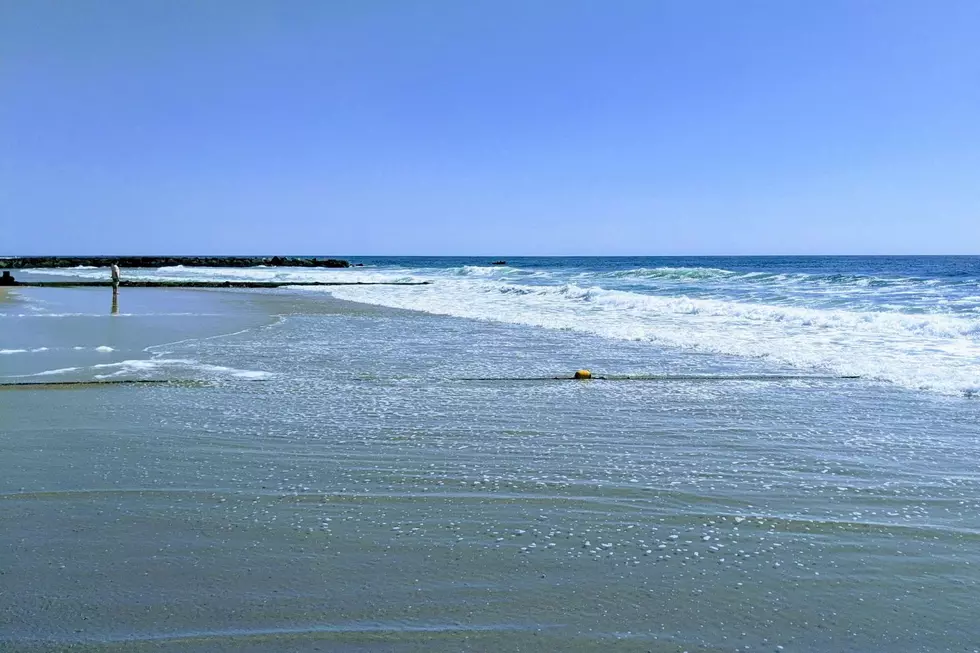Superstorm Tests Army Corps Beach Replenishment Projects [AUDIO]
New Jersey's beaches and dune systems took a pounding during Superstorm Sandy but it also served as the ultimate test for the U.S. Army Corps of Engineers massive beach replenishment projects.
State Department of Environmental Protection Spokesman Larry Hajna says assessments are being conducted now but "preliminarily it appears that where the dunes were robust and we had larger beaches, those areas tended to fair better in this storm."
Ed Voigt, a Spokesman with the Army Corps' Philadelphia District Offices says Hurricane Sandy's waves cut into the beach fill and the dunes to some extent, but that's how the projects are designed to work.
"They're sort of sacrificial projects in a sense. They're there to where there's inevitably going to be tremendous wave impact from a storm, when you have the deeper beach and the dune out in front, they take the blows instead of the community behind the dunes."
He says, "It certainly looks as though the ...from what we can see so far, the projects preformed pretty much how they were designed to perform and that's gratifying."
Voigt says, where the beach replenishment projects were put in place, the priority now is to determine how much it will cost to restore those beaches to pre-storm conditions.
Federal, State and County Governments have contributed millions of dollars over the years on beach replenishment projects along New Jersey's entire coastline. Voigt says the "storm damage reduction program" covers all of New Jersey from Sandy Hook to Cape May. He says some of the projects have been constructed while others are on the pipeline waiting for federal funding.
However, some of the projects have been met with fierce opposition by beach front property owners who say the high dunes ruin the value of their homes because they obstruct their ocean view.
Voigt says they're not yet engaged in repairing beach replenishment projects yet because they've been charged to work on emergency projects by the Federal Emergency Management Agency (FEMA). He says those projects include setting up generators, repairing electricity to some hard hit areas and working to get the Passaic Valley Sewage and Water Treatment facility up and running.
However, he says FEMA directed a little over $1 Million dollars to them to truck in sand to areas in Atlantic City and on parts of Long Beach Island to provide a little extra buffer in anticipation of the nor'easter. Sand was placed on Brant Beach, Surf city and Harvey Cedars but for the most part coastal repair isn't the main work they've been doing for FEMA.
More From 92.7 WOBM










